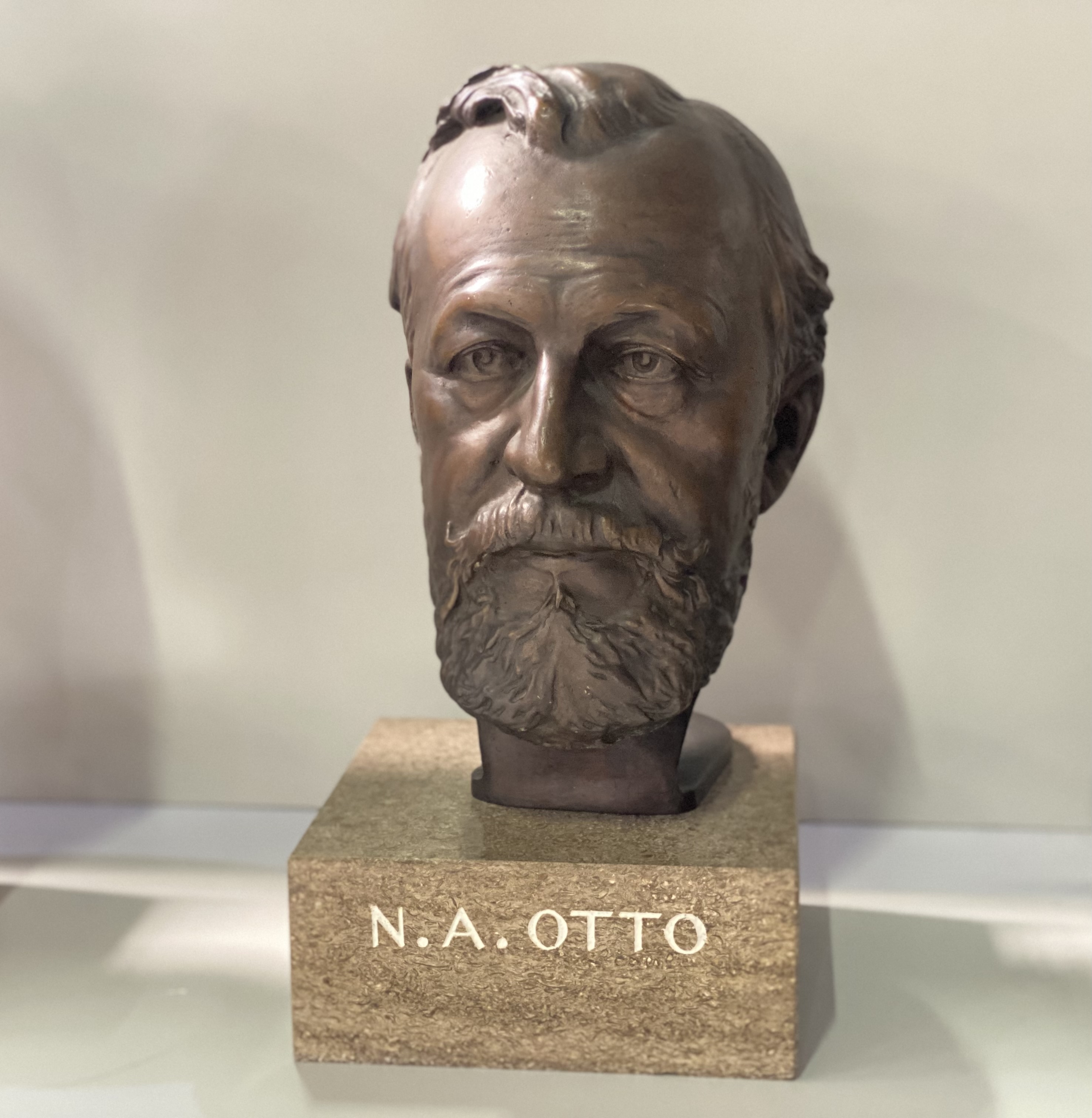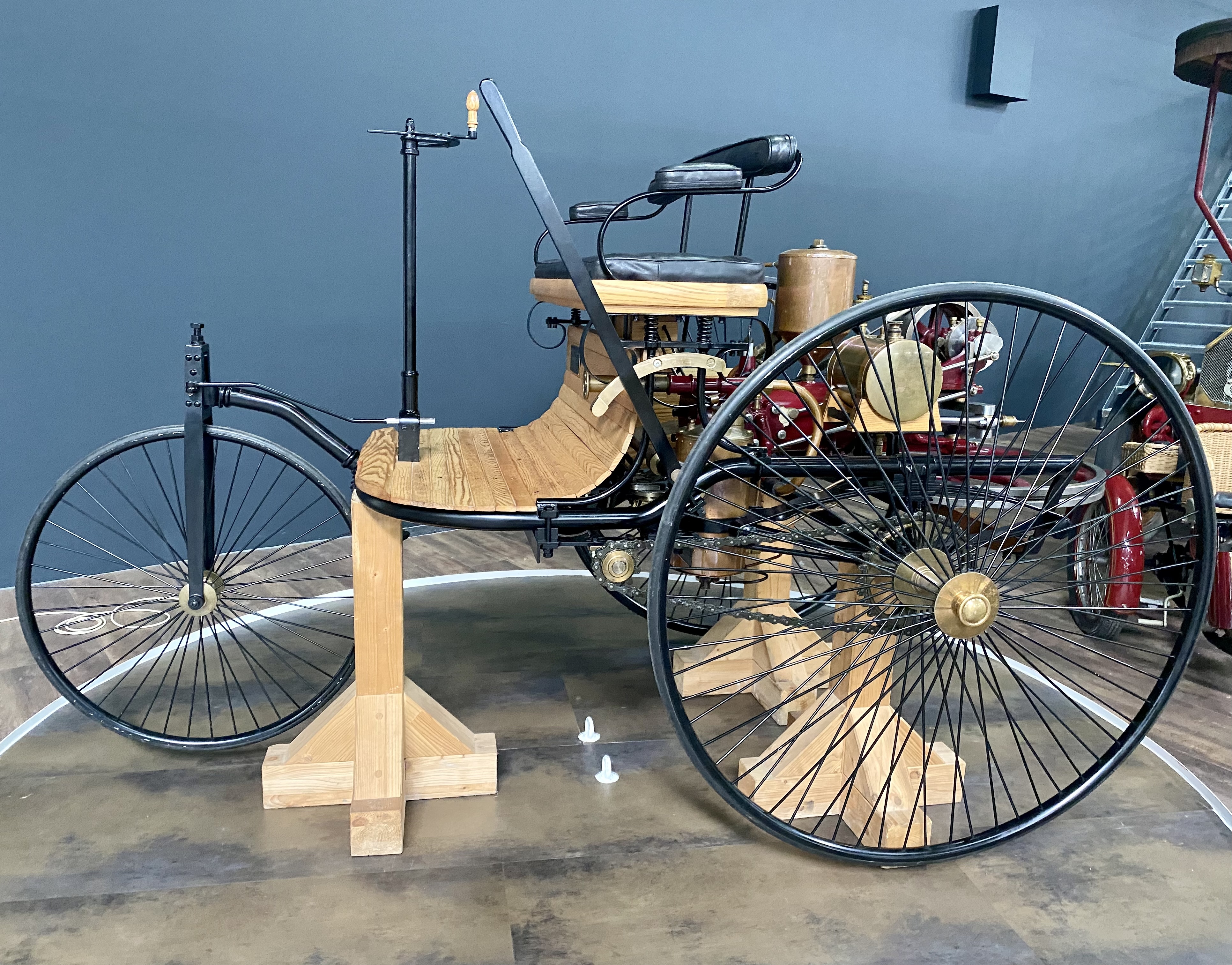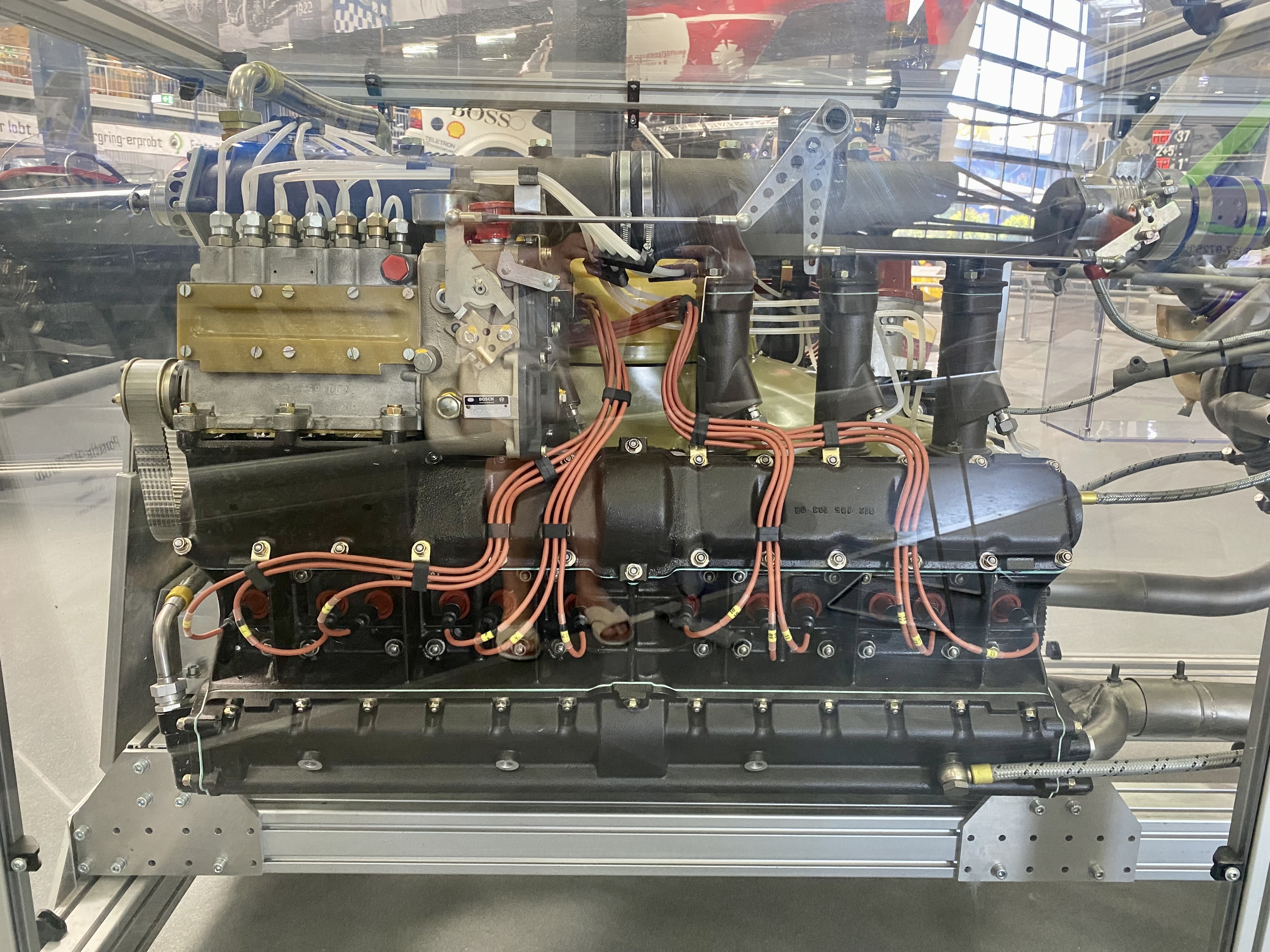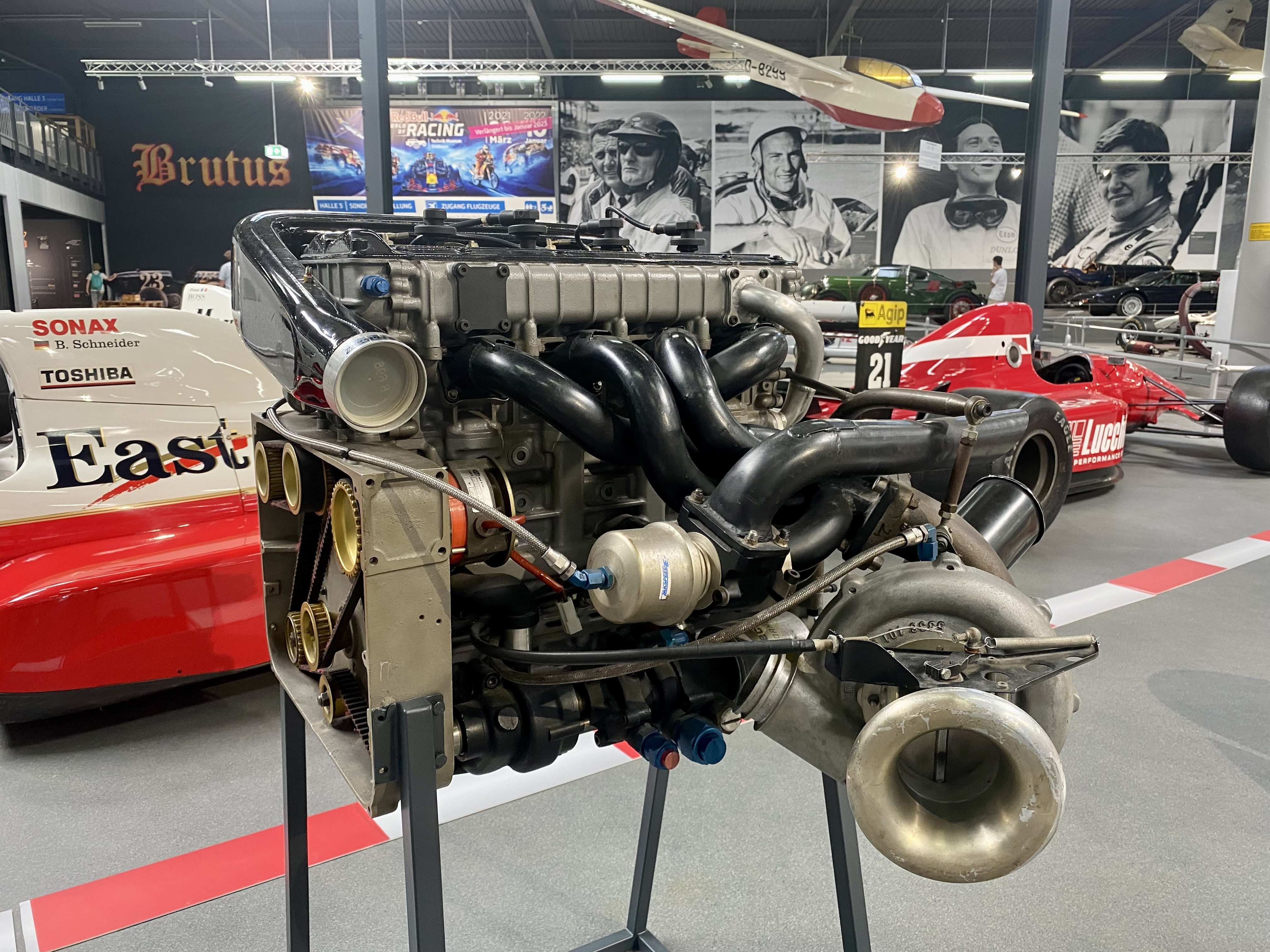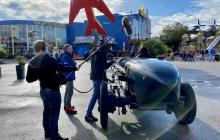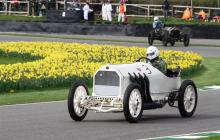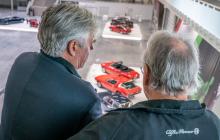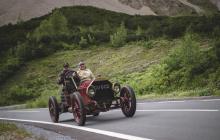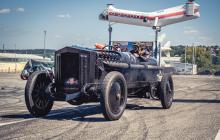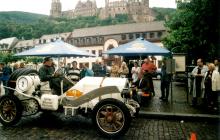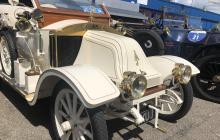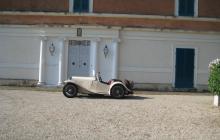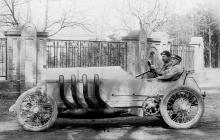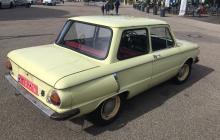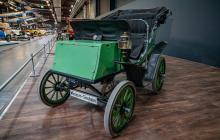His name is inextricably linked to the development of the automobile: Nicolaus August Otto was born in Holzhausen auf der Haide in the Taunus on 10 June 1832, 190 years ago. Otto was the youngest of six children in a family of farmers and innkeepers, so his life wasn't exactly easy in the early days. He grew up as a half-orphan after losing his father in the year of his birth. He served as a sales representative for colonial goods after completing a three-year merchant apprenticeship, first in Frankfurt am Main and subsequently in Cologne, giving the impression that he was headed for a career in business.
From Colonial Goods to Four-Stroke Engines
How then did the young salesman move from selling colonial goods to four-stroke engines? The technical inspiration came from an invention created by a local Belgian: in 1859, the electrical engineer Étienne Lenoir built an internal combustion engine, sometimes known as a "gas engine", which employed the explosive force of lighting gas to propel a piston. However, this gas engine's performance was poor in relation to its high gas consumption. Young Otto wanted to improve this new "gas machine". Following early work with his brother Wilhelm, he got help from a Cologne mechanic named Michael J. Zons in testing a four-stroke variation in which the fuel was compressed in a further stroke before it was lit. His findings increasingly emphasised the concept of a four-stroke principle, which included gas intake, compression, combustion, and expulsion or exhaust. This provided the conceptual framework for the four-stroke engine, but there were still issues with its practical application. Otto stopped working as a commercial agent in 1862. He co-founded N.A. Otto & Cie. with the polytechnician Eugen Langen on 31 March 1864.
Gold Medal in Paris
The two partners initially concentrated on advancing the atmospheric gas engine - and they were successful. Otto and Langen were able to exhibit a prototype in 1867 that won a gold medal at the Paris World's Fair. This engine represented a significant advancement because it used only a third of the gas previously needed. It was now time to satisfy the escalating demand. In 1872, Langen and Otto established the Gasmotoren-Fabrik Deutz Aktiengesellschaft (Deutz Gas Engine Factory) in collaboration with a number of financiers. Two individuals were chosen to serve as technical directors, from whom much more would be heard in the future: Gottlieb Daimler and Wilhelm Maybach – a meeting that would go down in automotive history! Nicolaus Otto, who reverted to his 1875 idea of the four-stroke engine, was in charge of the company's commercial management.
"Otto's New Engine" Gets Off to a Flying Start
Together with the designer Franz Rings, Otto was now able to successfully turn something that had previously been impossible into a reality. The new four-stroke engine made its first run at the beginning of March 1876, with Deutz AG able to file for a patent the same year. This was subsequently granted with Reich patent number 532 in August 1877. This marked Otto's engine's breakthrough and provided a crucial foundation for the succeeding piston engines. "Otto's New Engine", one of 75 models displayed at the Paris World's Fair in 1878, enjoyed great success and won the competition. Nicolaus Otto added another significant invention to his body of work in 1884 when he created "low-voltage magneto ignition", which subsequently allowed the use of liquid fuels.
Nicolaus Otto's final years were marred by legal battles involving patents and licences. His patents were contested in a number of exhausting court cases that followed, and in January 1886 they were even largely declared null and void. On 26 January 1891, the inventor died of a heart condition.
Since 1946, internal combustion engines that use spark ignition of a compressed fuel-air mixture have been referred to as "Otto engines" in Nicolaus Otto's honour.
On View at the Museum:
Numerous vehicles at the Technik Museum Sinsheim tell the tale of the Otto engine. Here are four outstanding exhibits:
Benz Patented Motor Vehicle: The world's first engineered automobile featured an Otto engine. The single cylinder with buzzer ignition, which is very simply designed, is both a historically significant and instructive example of the Otto engine's design.
Porsche 917 Turbo Engine Prototype: Due to the rules in place at the time, this legendary racing car's engine could only be given more power through turbo technology. Porsche was able to achieve what was once thought impossible thanks to an amazing power unit: huge power density with a small volume.
Zakspeed Formula 1 Engine: It was possible to maximise the performance of a small engine through further development of turbo technology: 1.5 litres at the time produced 900 horsepower. A technical masterpiece even by today's standards.
The Experimental Brutus Vehicle: With its 47 litres of displacement in a compact V-engine design, the Brutus' engine is a very large Otto engine. This can be experienced live at BRAZZELTAG in Speyer.
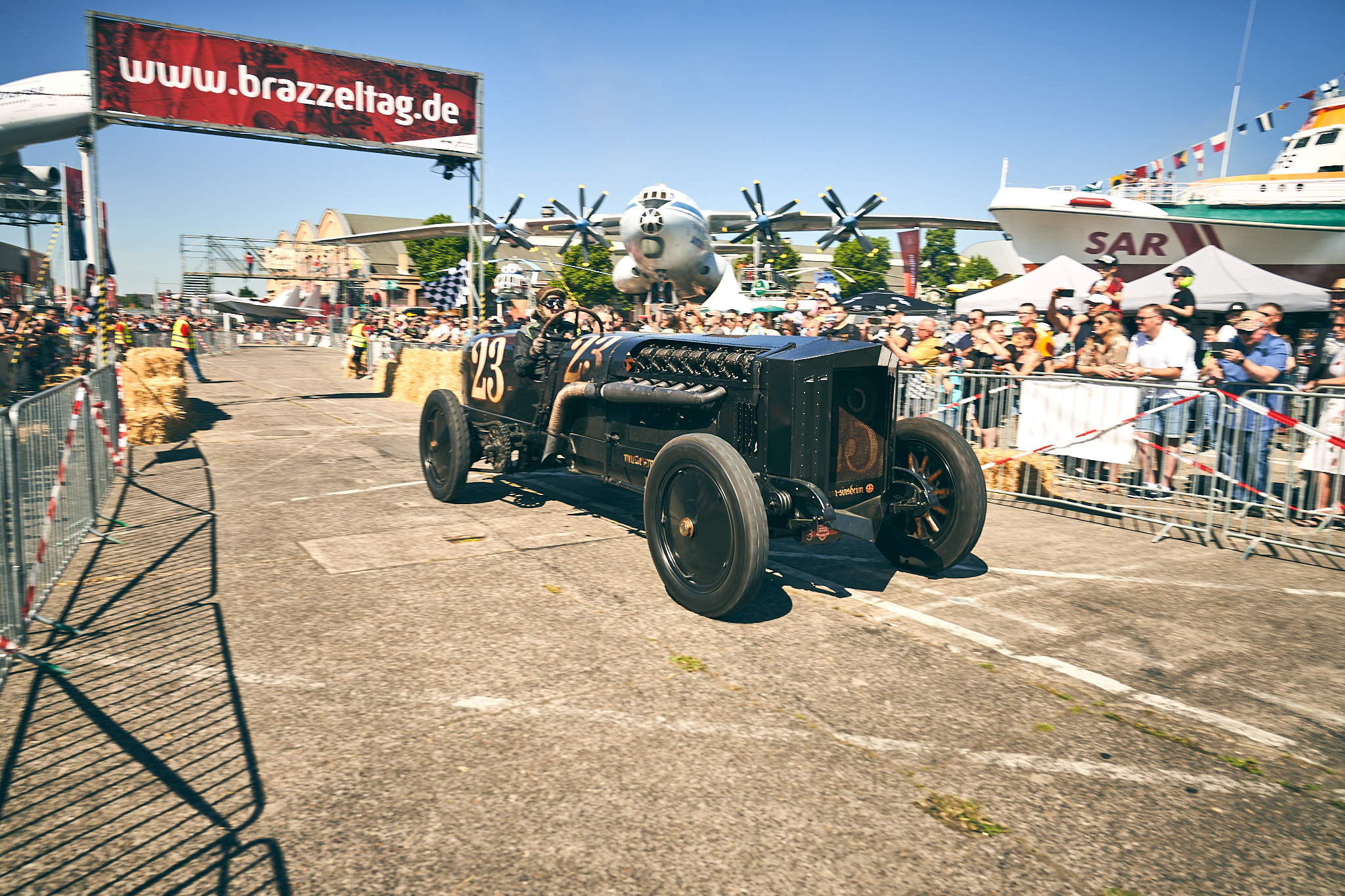
The stories and reports represent the opinions and perspectives of the respective authors. Please note, especially while reading articles about our events, that binding information (e.g. opening hours, admission fees and programme) is only published on the museum's official website www.technik-museum.de.
Please note that the pictures, texts and videos published here are subject to the copyright of the respective authors and / or the museum and may not be used without permission.
Keep up-to-date with new articles
We recommend to subscribe to the museum’s newsletter via e-mail. At the end of each newsletter, we inform you about new articles so that you will not miss any of them. Alternatively, you can subscribe to an RSS feed:
Subscribe to newsletter RSS-Feed (Reader required)

